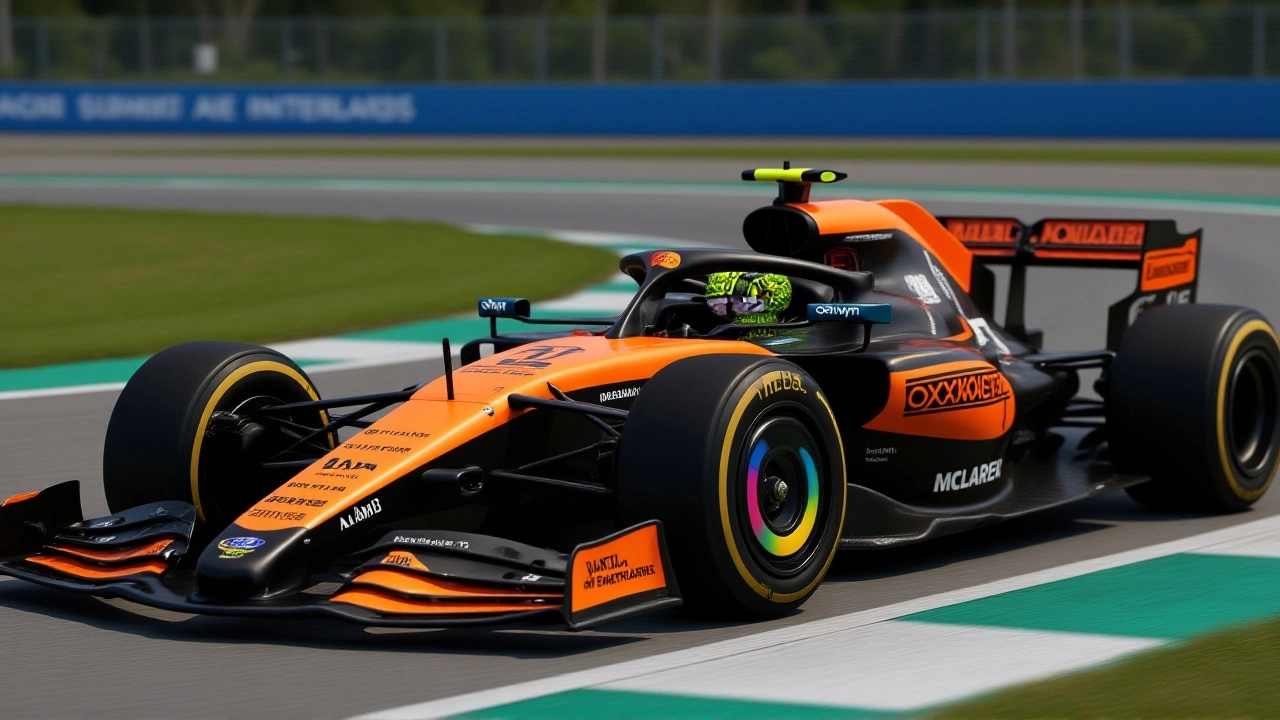Twins in Motorsports: Why Two Can Be Better Than One
If you love speed, you’ve probably heard the word “twin” more than once. It shows up in rider nicknames, engine designs, and even team line‑ups. In this guide we’ll break down the most common ways twins pop up on the track and why they matter to anyone who follows motorsport.
Sibling Riders Who Share the Same Bloodline
One of the coolest sights on any circuit is a pair of brothers who grew up racing side by side. The most talked‑about twins in recent years are the Valko twins from Bulgaria, who raced together in the European Moto2 series. Their chemistry is obvious – they know each other’s move before it happens, which makes drafting and corner entry feel almost telepathic.
Even if you’re not into Moto2, the story repeats in other classes. In British Superbike, the Davies twins have been battling for podium spots for over a decade. Fans love the rivalry because it’s personal, not just a team fight. When one twin wins, the other often climbs the podium too, creating a double‑win for the family.
What can you learn from them? Consistency. Twins train together, push each other in the gym, and compare lap times after every session. If you have a teammate you click with, try to set up a weekly “twin‑session” where you both focus on one skill – braking, corner speed, or bike set‑up. The instant feedback helps both riders improve faster.
Twin‑Cylinder Engines: The Heartbeat of Many Bikes
When we talk about twins in motorsports, the engine is the first thing that comes to mind. A V‑twin or a parallel‑twin packs two cylinders into a compact package, delivering strong torque and a distinctive sound that many fans can recognize instantly.
V‑twins dominate the world of cruiser motorcycles – think Harley‑Davidson. Their low‑end grunt makes them perfect for long rides where you need smooth power. In contrast, parallel‑twins are common in sport bikes like the Yamaha MT‑07. They give a punchy acceleration that’s easier to manage on tight tracks.
Why should a rider care? Twin engines are usually lighter than four‑cylinder units, so the bike handles better in corners. They also tend to be cheaper to maintain, which means less time in the shop and more time on the asphalt. If you’re choosing a bike for club racing, a twin‑cylinder model gives you a good balance of power and control without breaking the bank.
Maintenance tip: Keep an eye on the coolant and oil levels. Twin engines run hotter in the front cylinder, so a regular check can prevent overheating during a hot race day.
Whether you’re watching twin riders battle it out or listening to the roar of a V‑twin under the grandstands, the twin theme adds excitement and drama to motorsports. It’s a reminder that two can work together to create something bigger than the sum of its parts. Keep an eye on the upcoming twin stories – the next big rivalry might be just around the bend.





